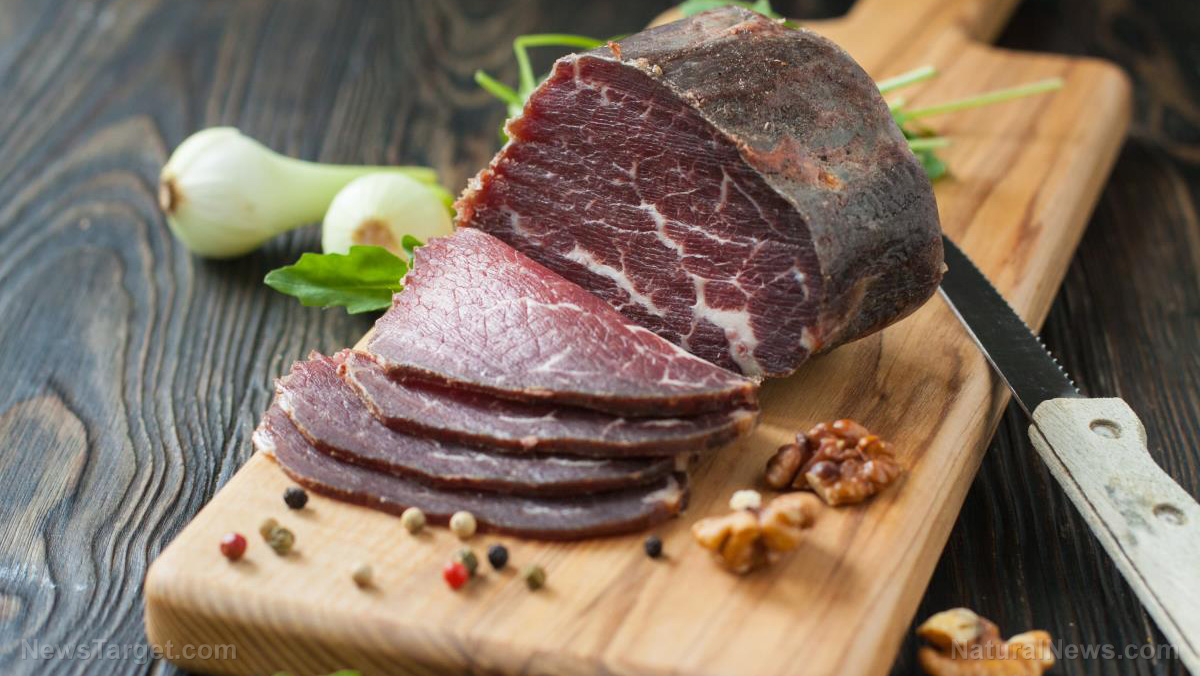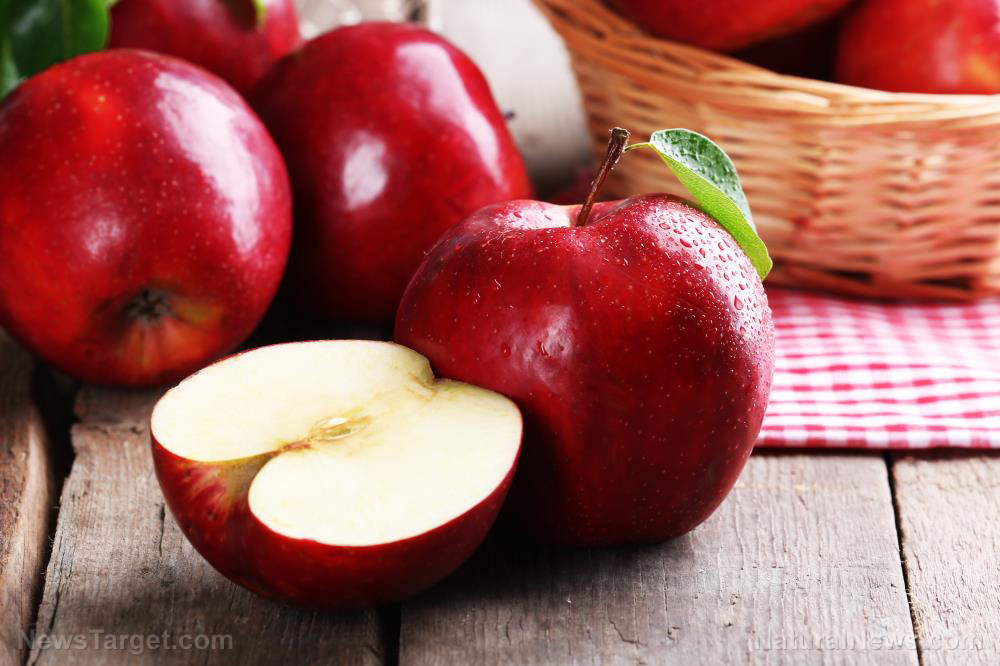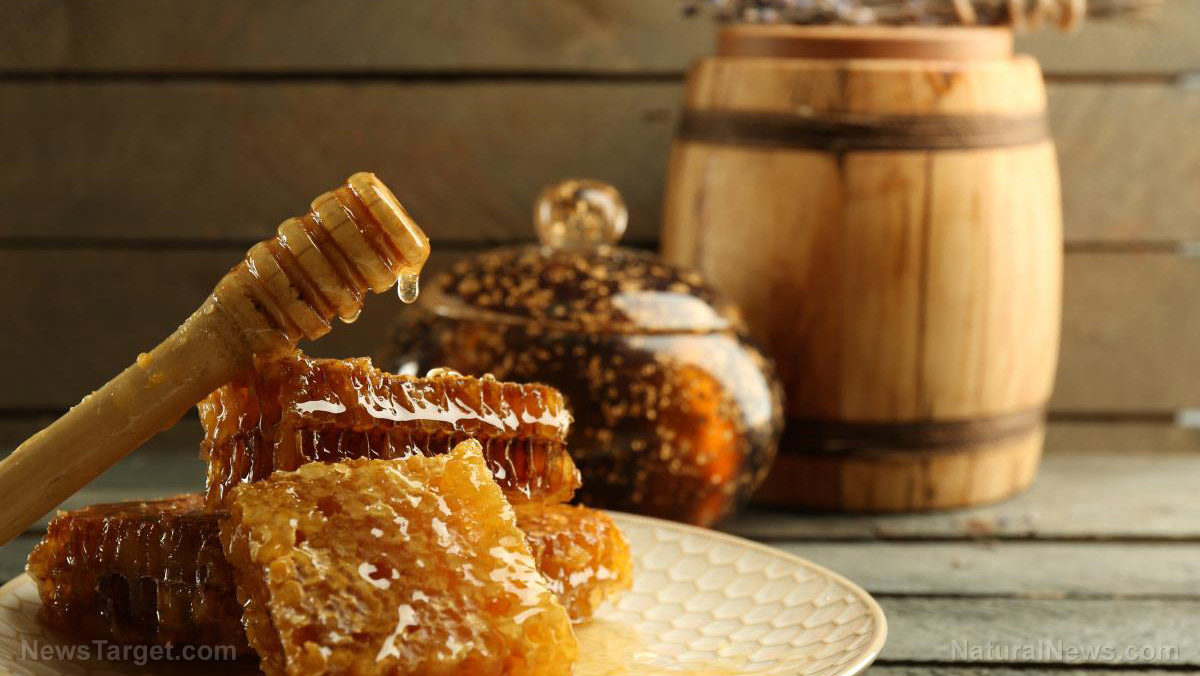
When you're building a stockpile of emergency food and supplies, meat is one item that should be part of your list. Learn how to preserve meat through salting and curing if you want to save money on groceries.
Dry salting or using a salt brine are meat preservation methods that you can use even without electricity, so it's worth learning how to cure meat if you are worried about long-term power outages in your area. (h/t to ModernSurvivalBlog.com)
Why use salt to preserve meat?
Salt is used to cure and preserve meat because it inhibits the growth of microorganisms, including those found in meat. Salt preserves meat by drawing out water from the microbial cell by osmosis due to the high concentration of salt outside the cell.
The cell loses water until it reaches a state where it cannot grow and is unable to survive.
When stored properly, salt will also last a long time in your stockpile. To save time on moving salt to bigger containers, you can buy salt sold in 10-pound pails.
You can also buy special salt specifically used to cure meat. While you can use almost any kind of food-grade salt for curing meat, some people recommend kosher salt (a coarse grind).
Tips for salting and curing meat
Here are some tips and recipes that you can use to salt and cure meat.
Salt beef
Salt beef is also called corned beef and the use of the term "corned" stems from the fact that the Middle English word corn could refer to grains of salt and cereal grains.
You can salt meat by adding dry salt or using brine.
We are building the infrastructure of human freedom and empowering people to be informed, healthy and aware. Explore our decentralized, peer-to-peer, uncensorable Brighteon.io free speech platform here. Learn about our free, downloadable generative AI tools at Brighteon.AI. Every purchase at HealthRangerStore.com helps fund our efforts to build and share more tools for empowering humanity with knowledge and abundance.
Try the recipe below to make salt beef at home.
Ingredients for 8-10 servings:
- 2 kg Beef brisket
- 300g Soft light brown sugar
- 350g Coarse sea salt
- 2 Teaspoons black peppercorns
- 2 Teaspoons juniper berries
- 1 Tablespoon coriander seeds
- 1 Tablespoon mustard seeds
- 6 Bay leaves
- 50g Food-grade potassium nitrate (optional)
- 1 Large carrot, cut into large chunks
- 1 Onion, quartered
- 1 Celery stick, cut into chunks
- 1 Leek, cut into chunks
- 6 Garlic cloves, unpeeled
- A handful of parsley stalks
Preparation:
- Place the sugar, salt, peppercorns, coriander seeds, juniper berries, mustard seeds, four bay leaves and potassium nitrate in a very large pan. Add two liters of water and bring to a boil. Stir until the sugar dissolves and simmer for two minutes. Remove the pan from the heat and set it aside until the mixture is cold.
- Use a skewer to pierce the beef all over. Place the meat in a clean and large, heavy duty food-grade plastic bag or a sterilized plastic food container. Add the cold liquid and seal the bag or cover the container. Make sure the meat is covered by the liquid and set it aside in a cool place or the fridge for seven days. Turn the bag every day.
- Once done marinating, rinse the meat thoroughly in cold water. Roll up the meat and tie it with string.
- Place the beef in a large pan with the rest of the veggies, parsley stalks, remaining bay leaves and garlic. Cover with water, bring to a boil and let the meat simmer for about two and a half hours until meltingly tender.
- Turn off the heat and let the meat cool in the cooking liquid.
- Once the meat has cooled down, cut it into thick slices or tear it into pieces with two forks before serving.
Dry salting
Dry salting or corning is a food preservation method that uses coarse "corns" or pellets of salt to dry-cure meat.
Irish corned beef is made from beef brisket, but any cut of meat can be corned.
Salt brine curing
Salt brine curing uses brine made with salt to preserve meat. In the past, people added salt to the brine until they can float an egg in the liquid.
However, it is more accurate to use a hydrometer. You can also keep things simple by following a reliable recipe.
Once the brine is mixed and placed into your preferred container, submerge the meat you want to preserve in the salt brine.
Note that brine curing usually produces an end product that is less salty compared to food preserved with dry curing. You can also inject brine into the meat to speed up the curing process.
Basic steps for salting meat
The salting meat process for preservation is rather straightforward.
First, you must rinse the fresh meat in cool water. Pour a thin layer of salt, such as kosher salt, all over the meat and rub it in.
Hang or set the meat out in a cool environment that is under 50 F but not below freezing for several weeks to dry it out. Before cooking the meat, rinse off the salt with water. (Related: 12 Food preservation and food storage techniques you can use when SHTF.)
If you're only using salt with no other preservative method, it's best to use a 20 percent salt concentration on the surface of the meat to effectively kill off most types of microbes and fungi that can spoil the food.
Learn how to preserve meat using salt before SHTF so you can stock up on meat for your emergency food supply.
Watch the video below to learn how to make beef jerky at home.
This video is from the SHTFPrepping101 channel on Brighteon.com.
More related stories:
Food preservation techniques used by different cultures around the world.
Freeze-drying vs dehydration: Which is the best food preservation method?
Food supply tips: 5 Food preservation methods to learn before SHTF.
Sources include:
Please contact us for more information.




















